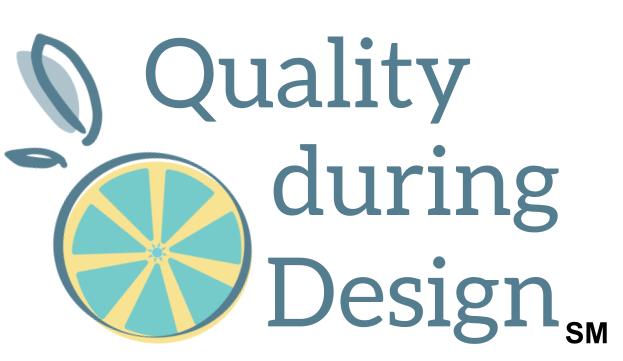Effective Team Meetings: From Chaos to Cohesion
In today’s fast-paced and highly competitive environment, team meetings can often feel like a necessary evil. They can be messy, complicated, and sometimes a complete waste of time. However, in this episode, we reveal how to turn these often-chaotic gatherings into cohesive, productive, and efficient sessions.
One of the primary focuses of this episode is the application of Six Sigma, continuous improvement, product development, and project management strategies to team meetings. The podcast discusses how successful facilitators utilize similar techniques to transform the way ideas are generated, examined, and prioritized. By breaking down the process into discovery, examination, and prioritization phases, team meetings can become a fertile ground for creativity and actionable decisions.
In addition to these methodologies, the podcast provides real-life scenarios to illustrate how these techniques can be applied. For instance, it discusses how to break down an FMEA into manageable parts and conduct separate meetings for each part. This ensures that each aspect of the FMEA is thoroughly examined and that the team can focus on specific issues without being overwhelmed by the entire process.
Overall, this podcast episode provides a comprehensive guide on how to transform team meetings. By focusing on discovery, examination, and prioritization, and utilizing tools like affinity diagrams, tree diagrams, and fishbone diagrams, teams can ensure that their meetings are productive, collaborative, and efficient. The episode also emphasizes the importance of staying organized and breaking down complex issues into manageable parts, ensuring that every team member’s input is valued and that actionable decisions are made.
The discovery phase is emphasized as a critical second step, after aligning everyone to the task at hand. The discovery phase involves individual brainstorming within a defined scope, where team members generate ideas on their own. This method ensures that everyone’s input is captured without the influence of groupthink. Once the ideas are collected, they are shared anonymously, allowing for an unbiased examination. This step is crucial as it ensures that all ideas are considered on their merit, not on the influence or status of the person who suggested them.
The podcast also highlights the importance of staying in the discovery phase until ideas are sufficiently organized for effective examination. This is crucial because moving to the examination phase prematurely can lead to confusion and a lack of clarity. This ensures that when the team moves to the examination phase, the ideas are well-organized and ready for discussion. Teams can use tools like tree diagrams and fishbone diagrams to organize complex discussions. These tools help in breaking down intricate issues into manageable parts, making it easier for the team to collaborate and reach a consensus.
Tree diagrams, for example, are particularly useful in mapping out cause-effect relationships, which is essential in understanding the root causes of potential failures. Fishbone diagrams, also known as Ishikawa diagrams, help in visually organizing potential causes of problems to identify the root cause. These tools not only aid in problem-solving but also ensure that every team member's input is valued, fostering a collaborative environment.
Prioritization is the final step discussed in the episode. This involves making actionable decisions based on the refined ideas. The podcast suggests using multi-voting or a two-by-two matrix to prioritize ideas. Multi-voting allows team members to vote on the ideas they believe are most important, while a two-by-two matrix helps in categorizing ideas based on their impact and feasibility. These techniques ensure that the most valuable ideas are identified and acted upon, making the meetings not just productive but also a crucial part of the design process.
The episode also touches on the importance of models and diagrams in helping teams evaluate abstract concepts. High-level process flow diagrams or P-diagrams can be used to define the scope of the discussion and provide a tangible reference point for the team. These models help in turning intangible ideas into something concrete that the team can modify, add to, or tweak.
Other podcast episodes you may like:
Brainstorming within Design Sprints
Ways to Gather Ideas with a Team
Product Design with Brainstorming, with Emily Haidemenos (A Chat with Cross Functional Experts)

